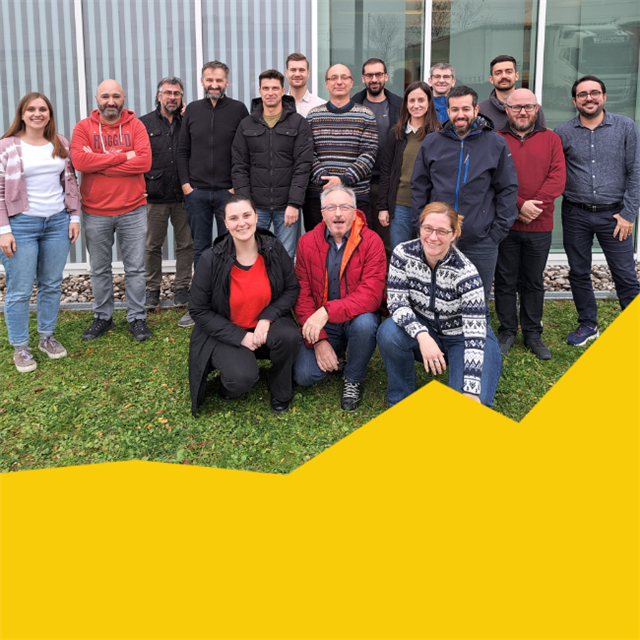28.08.2022 | A modular solution for unlocking flexibility at the level of the Distribution System Operator’s control centre
The emerging challenges for Distribution System Operators (DSOs), largely affected by the ever-growing deployment of Distributed Energy Resources (DERs), require new tools enabling better observability of the grid status and a more active involvement in assets’ management towards a more efficient grid operation. A key enabler of active grid management is flexibility stemming from DERs.
In FEVER project, a variety of such tools are being developed and become part of a modular toolbox, namely the DSO Toolbox revealing grid events (e.g. congestions, faults) and proposing mitigation plans. For such tools to interoperate and interplay with the rest of the DSO’s IT ecosystem, an integration middleware is needed. This integration enables access to various data sources: first, within the DSO domain (e.g. to data from sensing equipment deployed at substation level, to the SCADA and GIS systems, etc.); and second to external data sources and related services (e.g. to weather forecast service for enabling energy forecasting functions).
A main driver in the design of the DSO Toolbox in FEVER was that of interoperability. Hence the "power” of CIM family of standards and more specifically the profile IEC 61968-9:2013– Part 9 was leveraged for modeling domain data entities.
Moreover, the interface to a Flexibility Trading Platform was developed, enabling the transformation of a proposed mitigation plan into a form that can be traded. In fact, the introduction of the concept of "flexibility” into the traditional business processes of the DSO’s control center comprised a significant challenge in the design of the DSO Toolbox.
Towards this direction, the contribution of Estabanell Distribució through co-creation activities facilitated the design of a Human Machine Interface (HMI) that exposes decision support functions (or process automation in case of auto-mode operation) for utilizing flexibility as a means to mitigate detected (e.g. faults) or forecasted grid problems (e.g. congestions).
The HMI comprises also a mash up in an interactive web application of various analytical tools implemented in the project. Through it the DSO’s human operator has access to visualizations of the location of grid assets and their operational status, as well as to their relation to the proposed mitigation actions, enabling the assessment of the impact of flexibility activation in active grid management.
In FEVER project, a variety of such tools are being developed and become part of a modular toolbox, namely the DSO Toolbox revealing grid events (e.g. congestions, faults) and proposing mitigation plans. For such tools to interoperate and interplay with the rest of the DSO’s IT ecosystem, an integration middleware is needed. This integration enables access to various data sources: first, within the DSO domain (e.g. to data from sensing equipment deployed at substation level, to the SCADA and GIS systems, etc.); and second to external data sources and related services (e.g. to weather forecast service for enabling energy forecasting functions).
A main driver in the design of the DSO Toolbox in FEVER was that of interoperability. Hence the "power” of CIM family of standards and more specifically the profile IEC 61968-9:2013– Part 9 was leveraged for modeling domain data entities.
Moreover, the interface to a Flexibility Trading Platform was developed, enabling the transformation of a proposed mitigation plan into a form that can be traded. In fact, the introduction of the concept of "flexibility” into the traditional business processes of the DSO’s control center comprised a significant challenge in the design of the DSO Toolbox.
Towards this direction, the contribution of Estabanell Distribució through co-creation activities facilitated the design of a Human Machine Interface (HMI) that exposes decision support functions (or process automation in case of auto-mode operation) for utilizing flexibility as a means to mitigate detected (e.g. faults) or forecasted grid problems (e.g. congestions).
The HMI comprises also a mash up in an interactive web application of various analytical tools implemented in the project. Through it the DSO’s human operator has access to visualizations of the location of grid assets and their operational status, as well as to their relation to the proposed mitigation actions, enabling the assessment of the impact of flexibility activation in active grid management.


